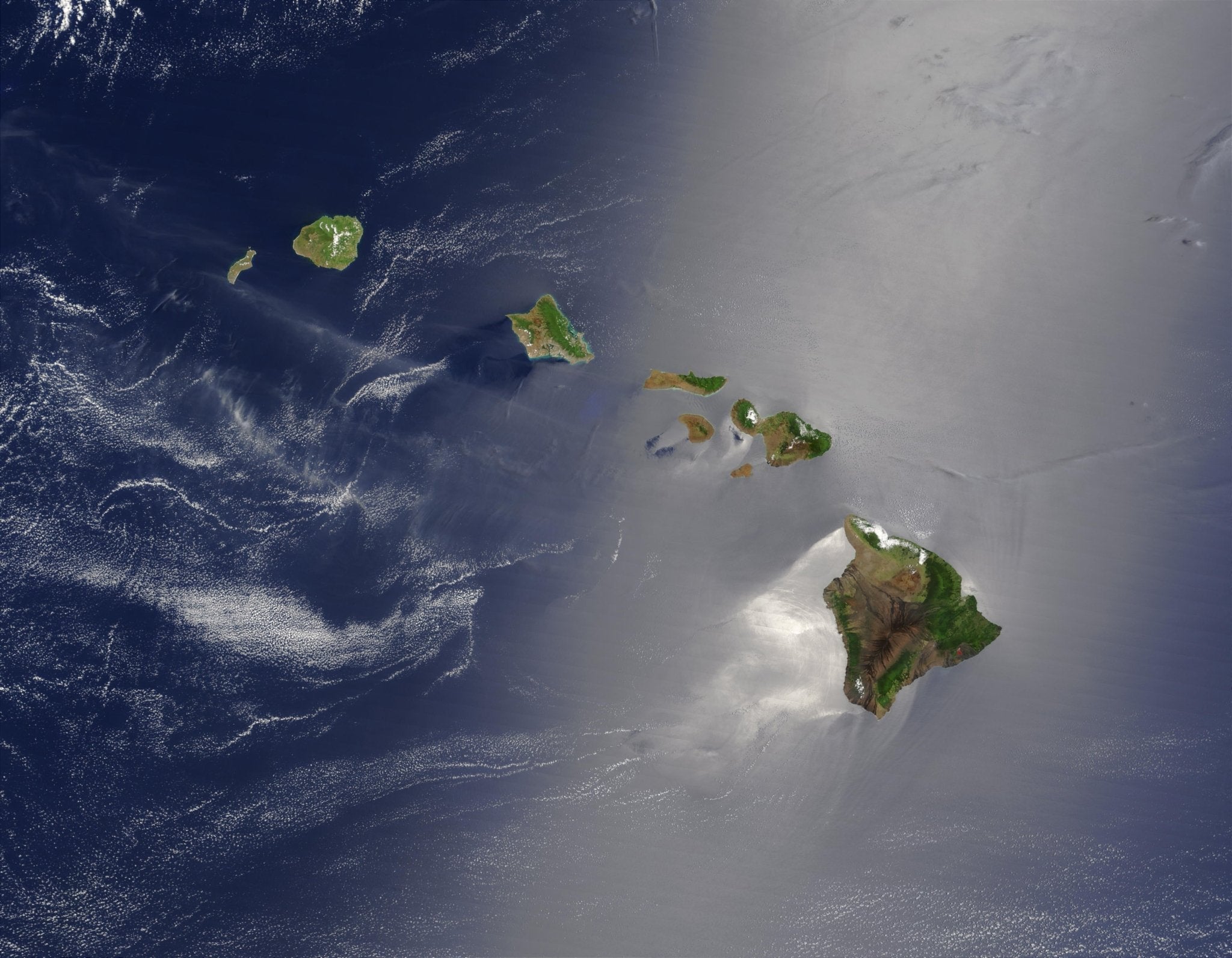The Hawaiian Islands, a breathtaking archipelago in the Pacific Ocean, are a prime example of the fascinating geological processes of our planet. Their formation is a story of fire and water, a tale of how the Earth's inner heat shapes its surface.
Imagine the Earth's crust like a giant jigsaw puzzle, made up of tectonic plates floating on the semi-fluid layer beneath. Now, in the middle of the Pacific Plate, there's a special place called a "hot spot." This isn't your regular vacation hotspot, but rather a plume of super-hot material rising from deep within the Earth.
This hot spot is like a relentless blowtorch, melting the Earth's crust and creating magma. When this magma reaches the surface, it erupts as lava, cooling down to form land. The Hawaiian Islands were born from such fiery eruptions. But here's the twist: the hot spot is stationary, but the Pacific Plate is on the move, sliding over it like a giant conveyor belt.
Each island in the Hawaiian chain was formed one after the other as the plate moved over the hot spot. The youngest island, the Big Island of Hawaii, is still over the hot spot and growing, thanks to the active volcanoes like Kilauea and Mauna Loa. As you move northwest along the chain, the islands get older. It's like a timeline of the Earth's fiery breath, frozen in the form of islands.
The oldest islands, like Kauai, are millions of years old and no longer volcanically active. They've moved far from the hot spot and are slowly eroding away, returning their materials to the ocean. This cycle of creation and erosion is a slow but relentless dance between the Earth's interior forces and the shaping hand of the ocean.
The Hawaiian Emperor seamount chain, which extends even further northwest, is an underwater extension of this process. These submerged mountains and islands tell a story of the Pacific Plate's journey over millions of years.
The hot spot theory isn't just about Hawaii; it explains other island chains and standalone mountains in the world's oceans. But Hawaii is one of the most striking examples. It's a place where you can literally walk on the results of deep Earth processes and witness the ongoing creation of new land.
So, next time you're enjoying a Hawaiian sunset or hiking up a volcanic trail, remember you're experiencing the results of a hot spot's work, a process that's been shaping the Earth for millions of years.
Isn't it amazing how something so destructive like a volcano can create something so beautiful and life-sustaining? It's a reminder of the dynamic and ever-changing nature of our planet. The Hawaiian Islands are not just a paradise for vacationers; they're a living laboratory for geologists and a vivid example of the Earth's inner power at work.



Share:
Formation of the Great Plains
Formation of the Great Plains